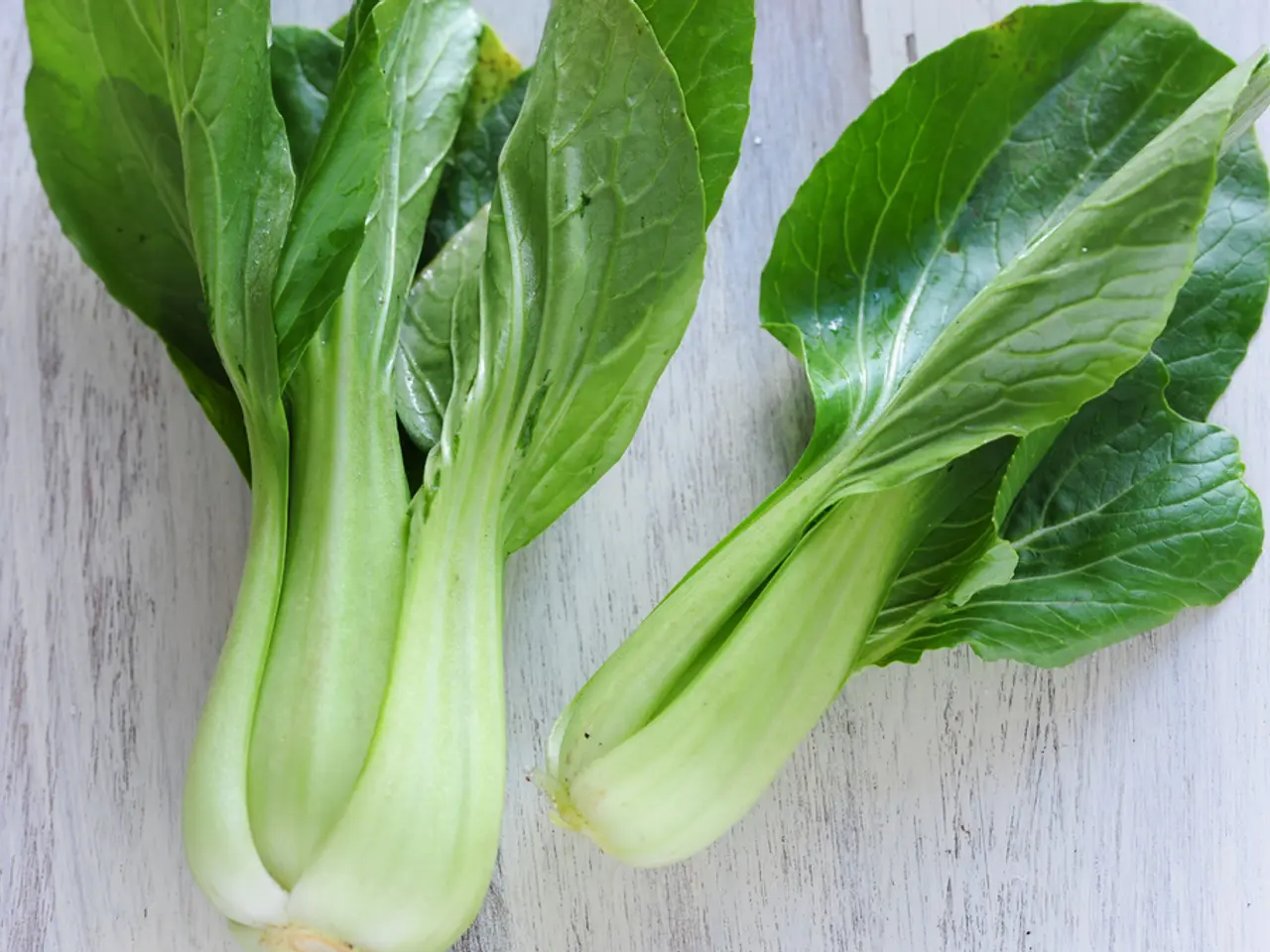Top Choices for Parsley's Plant Companions (Plus Four to Steer Clear Of)
Parsley, a popular herb in many kitchens, is not just a flavour enhancer in your dishes, but also a valuable asset in the garden. When planted with the right companions, parsley can help improve the growth of other plants, deter pests, and attract beneficial insects.
Ideal Companions for Parsley
The best companion plants for parsley include tomatoes, asparagus, chives, carrots, and chervil. These companions provide various benefits such as pest deterrence, growth enhancement, and improved flavour.
Tomatoes
Parsley and tomatoes make a great pair in the garden. Parsley helps repel harmful garden pests, and in return, tomatoes provide partial shade which can be beneficial in hot climates. Parsley’s flowers also attract beneficial insects that pollinate tomatoes.
Asparagus
Growing parsley near asparagus can enhance growth for both. Parsley helps deter the asparagus beetle, which is a significant pest of asparagus.
Chives and Onions
These alliums emit strong scents that help repel pests, which benefits parsley’s growth and health.
Carrots
Parsley and carrots have complementary root structures and growing needs with minimal competition, while parsley’s scent may help deter carrot pests.
Chervil
Like parsley, chervil attracts beneficial insects, and their similar growth requirements mean they thrive well together.
The Reasons Behind the Benefits
The benefits of these combinations are mostly related to:
- Pest deterrence: Parsley’s scent can mask the smell of plants vulnerable to pests or directly repel them. Similarly, companions like chives and onions are known for deterring pests.
- Attracting beneficial insects: Parsley’s flowers attract pollinators and predatory insects that control pest populations, which benefits neighboring plants like tomatoes.
- Improved growth conditions: Parsley can enhance growth in plants like asparagus through improved microclimate or pest reduction.
- Complementary root zones: Plants like carrots and parsley don’t compete for the same soil nutrients due to different root depths or habits, enabling efficient nutrient use.
- Weed suppression and soil improvement: Denser foliage and ground covers from companion plants can shade out weeds and retain soil moisture, benefiting parsley in return.
Other Notable Benefits
- Beans and peas fix nitrogen in the soil, boosting the leafy growth of parsley.
- Parsley, when planted around roses, repels rose beetles and other insect pests and attracts beneficial insects, especially when left to flower in its second year.
- Parsley improves the growth of asparagus and helps deter the asparagus beetle.
- Parsley can be used in place of cilantro for homemade salsa.
Cautions When Planting Parsley
While parsley is generally a versatile plant, there are some plants it shouldn't be too close to. For example, mint requires its own space, preferably fully enclosed, due to its fast-spreading nature, and it might crowd parsley. Planting parsley too close to lettuce might cause lettuce to bolt earlier than normal. Alliums, such as onions and garlic, can stunt the growth of parsley, so they should be planted in different areas of the garden.
In summary, parsley thrives best when planted with herbs or vegetables that either share similar water and light needs or provide pest protection and pollination benefits. This synergy results in healthier plants, better yields, and reduced need for chemical interventions.
- In a garden, tomatoes can be good companions for parsley as they provide partial shade in hot climates and help repel harmful pests while attracting beneficial insects.
- Asparagus growth can be enhanced by growing it near parsley due to parsley's ability to deter the asparagus beetle, a significant pest of asparagus.
- Chives and onions are ideal companion plants for parsley because they emit strong scents that help repel pests, aiding in the growth and health of parsley.
- Parsley can be planted with carrots as they have complementary root structures and growing needs with minimal competition, with parsley's scent potentially deterring carrot pests.
- Chervil can thrive well with parsley because, like parsley, chervil attracts beneficial insects, and they share similar growth requirements.
- Beans and peas, which fix nitrogen in the soil, can boost the leafy growth of parsley when planted together in the garden.
- In the garden, parsley can benefit fashion-and-beauty gardeners by repelling rose beetles and other insect pests when planted around roses, as well as beneficial insects when left to flower in its second year. However, it's important to avoid planting mint or alliums like onions and garlic too close to parsley, as mint might crowd parsley and alliums can stunt parsley's growth.




